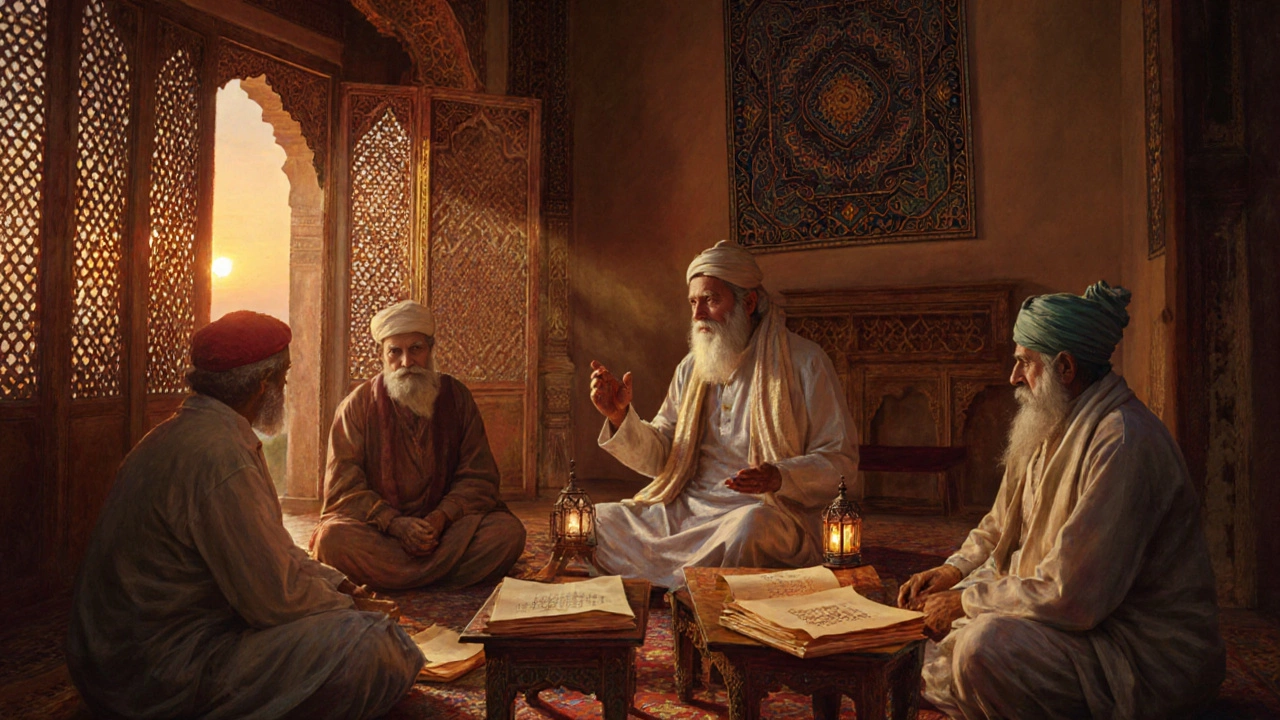Urdu Poetry Forms: Your Simple Guide
Urdu poetry isn’t just about beautiful words; it’s built on a handful of clear‑cut forms that have shaped South Asian culture for centuries. Knowing these forms helps you read, write, or share verses that actually click with readers. Below you’ll find the basics of each major form, plus a few modern twists that keep the tradition alive on social media.
Classic Forms You Should Know
Ghazal is the most famous Urdu form. It consists of couplets (called shers) that share a rhyme and a refrain. Each couplet can stand alone, but together they often explore love, loss, or spiritual longing. The rhyme scheme follows AA BA CA DA…, where the “A” is the repeated refrain.
Nazm is a free‑flowing poem without the strict couplet rules of the ghazal. It allows the poet to develop a single theme across several lines, making it perfect for storytelling, social commentary, or personal reflection.
Rubai (plural: rubaiyat) is a four‑line stanza with a rhyme pattern of AABA. Its brevity forces the poet to pack meaning into a tight space, often ending with a twist or philosophical punch.
Qasida is a long, eulogistic poem that praises a patron, a hero, or a divine figure. It starts with a nostalgic opening (the nasib) and moves into a panegyric section, sometimes lasting hundreds of lines.
Marsiya is an elegy written for martyrs, especially those from the Karbala tragedy. It follows a somber tone, using vivid imagery to evoke grief and moral lessons.
Modern Twists on Urdu Poetry
Today, poets blend traditional forms with free verse, spoken‑word rhythms, and digital memes. You’ll see ghazals broken into Instagram slides, nazms turned into rap bars, and rubais posted as tweet‑sized reflections. The key is retaining the emotional core while adapting the structure to modern platforms.
Many writers experiment with free verse Urdu, dropping the strict meter but keeping the lyrical quality. This approach lets poets talk about current issues—politics, mental health, or everyday life—without being confined to classical meters.
If you want to try writing in these forms, start small. Pick a theme, follow the rhyme pattern for a ghazal or rubai, and read classic examples from Mirza Ghalib, Faiz Ahmed Faiz, or Allama Iqbal. Then, remix the style for a WhatsApp status or TikTok caption. The blend of old and new keeps Urdu poetry fresh, relatable, and widely shared.
Discover the Urdu six‑line poetic form Musaddas, its structure, history, famous examples, and how to write one. Perfect for poetry lovers and beginners.
More